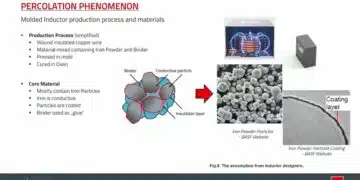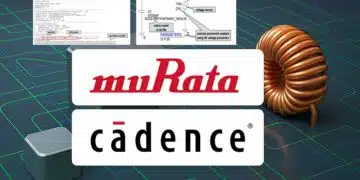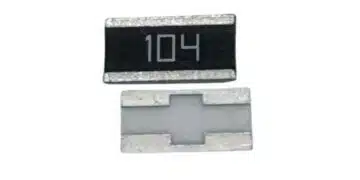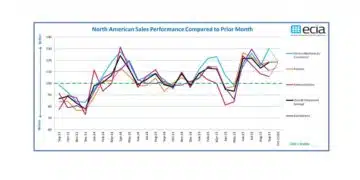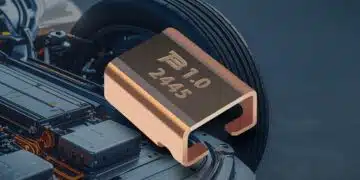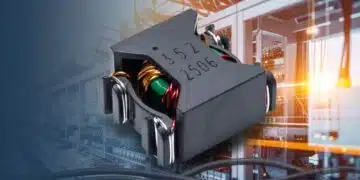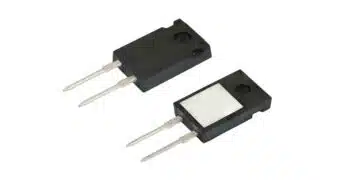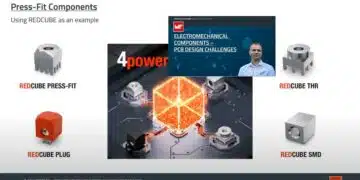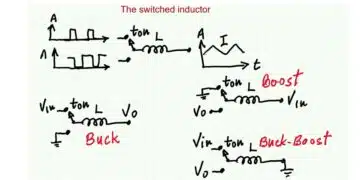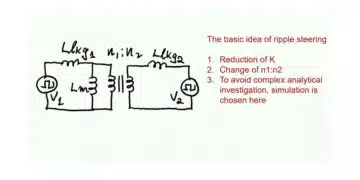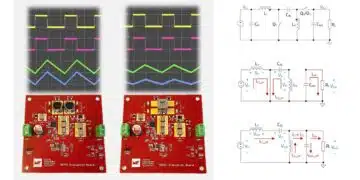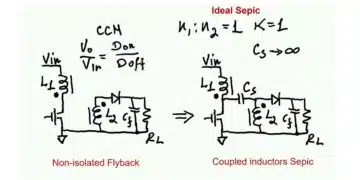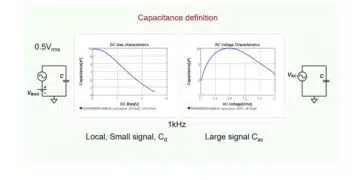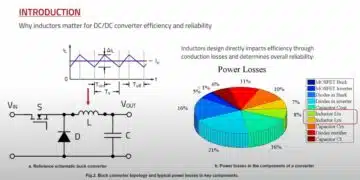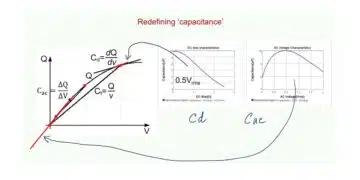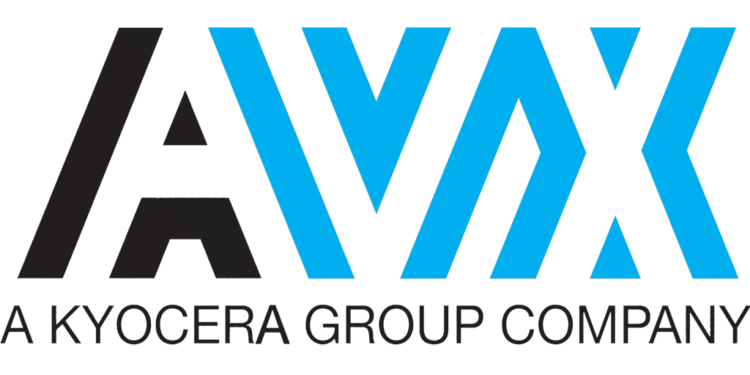source: Electronic Products news , By Gina Roos, editor-in-chief.
A common thread running throughout the component market is rising demand, which crosses a variety of end market sectors, contributing to passive component shortages. AVX Corporation comments the current component shortage in an article published by Electronic Products website.
The first rumblings of a components shortage were heard in late 2016. Scarcity became a sobering reality in 2017 as rising demand spread across industry sectors. But many component manufacturers questioned whether the uptick in demand was real, leading to their reluctance to ramp up production capacity. Component manufacturers weren’t ready to invest in factories, fearing a repeat of the 2000 industry downturn marked by ballooning inventories and rock-bottom pricing. This contributed to further supply constraints.
What’s made the situation worse is that many suppliers have decided to obsolete many of their parts at the same time, widening the supply gap. Distributors report that many Japanese passive component manufacturers are dropping their legacy commodity lines and shifting production over to newer products, creating further sourcing challenges.
Currently, many MLCCs and resistors are on allocation or are quoting lead-times well into 2019. But the supply shortages are spread across capacitor technologies including aluminum electrolytics, film, and tantalum, as well as inductors and all types of resistors.
Industry players don’t expect to see much relief until mid-2019 and some think shortages will last well into 2020. As part of AspenCore’s look at the current state of IP&E component shortages, EPSNews has polled leading passives suppliers AVX, KEMET, Murata, and Vishay to find how they are meeting supply challenges and helping their customers stay up-and-running.
Like most major ceramic capacitor makers, AVX Corp. is dealing with constrained supply for almost all its ceramic products. Tantalum capacitors in the “A” case and some specialty module products are also scarce. Although AVX isn’t specific about current lead times for these products, they’re expected to remain extended for the next several quarters despite additional production capacity coming online this year.
Lead times are all over the map, said AVX’s Senior Vice President of Global Marketing Eric Pratt. MLCC lead times for strategic customers could be 12 weeks while lead times for new customers stretch to one year. Similarly, lead times for A-case tantalums could range from six weeks to six or eight months.
“It just depends,” Pratt said. “Lead times become less meaningful in a shortage market. A more meaningful approach is to look at what a distributor is quoting for lead times, and what you look for is lead-time trends.”
Distributors report that lead times continue to extend.
- TTI Inc. reports constrained supply for AVX’s commercial and automotive ceramic capacitors, select values in 0201 through 1812 case sizes, and low and high capacitance/voltage (CV) values in X5R, X7R, X7S and Y5V dielectrics.
- Future Electronics said all of AVX’s automotive ceramic capacitors are sold out and 44 series of parts are on allocation, according to its Q2 market conditions report. The distributor also noted that lead times for AVX’s surface-mount ceramic capacitors is 24+ weeks and increasing, while lead times for leaded ceramic devices remain stable at 18 to 20 weeks. AVX also is experiencing long lead times across all case sizes for tantalum capacitors, currently quoted at 14 to 20 weeks and increasing.
- Independent distributor Fusion Worldwide reported in August that AVX’s MLCC lead times are extended to 52 weeks in some cases; and common series, including 08055C, 06035C and 04025C103/104, are on allocation and facing price increases. “AVX order levels for MLCC products have reached levels never seen before in our industry,” said Fusion. “Their customer backlog has reached a point that greatly exceeds their ability to produce.”
Price increases are also all over the map. While AVX is not “aggressively” raising prices to strategic customers, prices have been increasing. Tags for some product mixes have gone up by 25 percent, while others have doubled this year. Most component manufacturers report that price is not the issue right now for buyers or designers — it’s getting inventory.
Widespread demand
A common thread running throughout the component market is rising demand, which crosses a variety of end market sectors. “What’s different about this cycle is the demand is more diverse,” said Pratt. “If you look back to the implosion in 2000, that was primarily driven by the infrastructure market; then there was the financial meltdown in 2007/2008. Unlike those cycles, what we see now is true demand because it’s coming from diverse markets.”
Pratt cites handsets, mobile communications and infrastructure — especially with 5G coming –as major consumers, along with IoT, including automotive – vehicle-to-vehicle communications and autonomous driving.
“With a lot of the new designs and forecasts we anticipate demand to remain very strong,” Pratt added. “We try to support new designs when we can. It’s a balance.”
Security of supply
Security of supply for passives is becoming a bigger concern for customers. Typically, passives availability is not a high risk for buyers and designers. Many are priced at less than a penny.
“These parts have been in short supply for over a year and companies aren’t shipping their end products because of these ceramic capacitors,” said Pratt. “They’ve become a much more strategic product.”
“Certain customers, particularly in the distribution channel, continue to increase their long-term orders to secure future availability,” said John Sarvis, AVX’s chairman, president and CEO, during its Q1 2019 Earnings Conference in July.
Customers are looking three to five years out, explained Pratt. “They are looking for longer term support for their product, and it’s a good thing. There is a lot more communication and transparency on what the demands are coming. We encourage that. We’ve always looked at roadmaps and developed joint roadmaps with our strategic customers. The communication has to get much better than what it is.”
That type of process is very standard for more complex design products, he added. “You’re very involved on the upstream with the design efforts. There is a lot of collaboration on what works and what doesn’t,” said Pratt.
Finding alternative solutions
Preventing customer downtime is an ongoing process, said Pratt. “It’s happening multiple times per day in this market. We have a dedicated team that works with customers on what their requirements are. Everybody in management is engaged all the way to the CEO.”
The volume of the shortages is so large that it “just needs to be manned a little differently, putting more resources into communicating with the customer on our planning, product and control sides,” added Pratt.
The key is timely communication. “Some of these situations become their own mini research project where we are looking globally to find inventory,” said Pratt. “A lot of it is automated, but the visibility in the supply chain is not as good as we’d all like. So we work with our distributor partners and try to match them up with product they may have.”
Increased demand for tantalum capacitors in an A case may be due to designers using them as replacements for MLCCs. These capacitors can be used in all types of applications – automotive, industrial, medical, PCs, etc. – that currently implement a ceramic capacitor.
Tantalum can also be a very viable replacement for ceramic capacitors, said Pratt. “We’re also seeing a move to passive integration on silicon, but that gets very expensive.”
In other cases, AVX’s application engineers work customers to determine if another capacitor will work, such as a part with a lower voltage or a different package size. “There isn’t an easy across-the-board replacement alternative for the shortage of ceramic chip capacitors,” said Pratt.
Capacity considerations
Production capacity expansion is ongoing, according to Pratt, but there are now long lead times for equipment. The range is between nine to 18 months, he said.
AVX began one of its largest capacity expansion programs during the middle of last year. MLCC and tantalum-polymer capacitor production was scheduled to increase. However, expansion scheduled through 2020 has been delayed due to equipment lead times. CEO Sarvis believes AVX will still increase its production capacity by 18 percent to 20 percent this year.
“These shortages don’t last forever and everyone is investing so we’ll start seeing some things free up by next summer,” said Pratt. “We have capacity coming on every quarter and next summer we have a new facility [in Penang, Malaysia] that will be up and running that will give us a capacity boost.”
Pratt noted that AVX is adding capacity in all its key manufacturing facilities for ceramic and tantalum capacitors, including in El Salvador, Japan, China and the Czech Republic.


